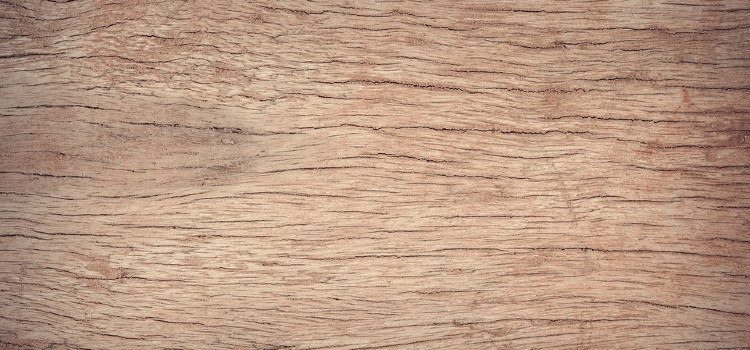The 3d-printing industry is growing. The industry’s growth depends on the materials that are available for use with 3D printers. Wood, in particular, is interesting because there are many different types of wood as well as different techniques to prints it.
Can 3D Printers Print Wood?
Yes, 3D printers have been designed to print wood. However, it’s not just any 3D printer that’s up to the task. Generally, all 3D printers can print wood. However, a combination of a wood-printing extruder with a temperature-controlled chamber is the key to successfully printing wood.
If you have a material extruder, and you are hoping to print wood material with it, then the most important thing you will need is something known as a cool-down cooling fan. This fan keeps the extruded material from sagging at room temperature.
In addition to this, you will need a heat sink. This is a device that is placed next to the material extruder. The heat sink’s purpose is to absorb the heated material and prevent it from radiating and burning. Without these two accessories, wood 3d printers can’t print wood.
The next part of a wood printer is the printer bed itself. A bed with a layer of insulation should be used because it can help trap the heat from spooling the wood’s extruded filament.
Finally, you will need a 3d printer controller. This is a device that monitors the printer and input to allow any changes in pressure, temperature, or filament feed speed.
For wood 3D printing, the extruder will require a smaller diameter filament than most other materials. Exposure to high temperatures can affect the strength of the printed material and make it brittle and prone to cracking when handling it.
Also, print speed will be crucial. A faster speed will give you a finer grain result. Generally, the slower the extrusion speed is, the rougher the printed surface will be.
Conclusion
3D printing is an emerging industry that is rapidly expanding. The industry’s growth depends on the availability of materials. Wood, in particular, has a lot of interesting potentials because there are different types and techniques for printing it. Most 3D printers can print wood, but they will need a wood-printing extruder with a temperature-controlled chamber and certain additional accessories.

